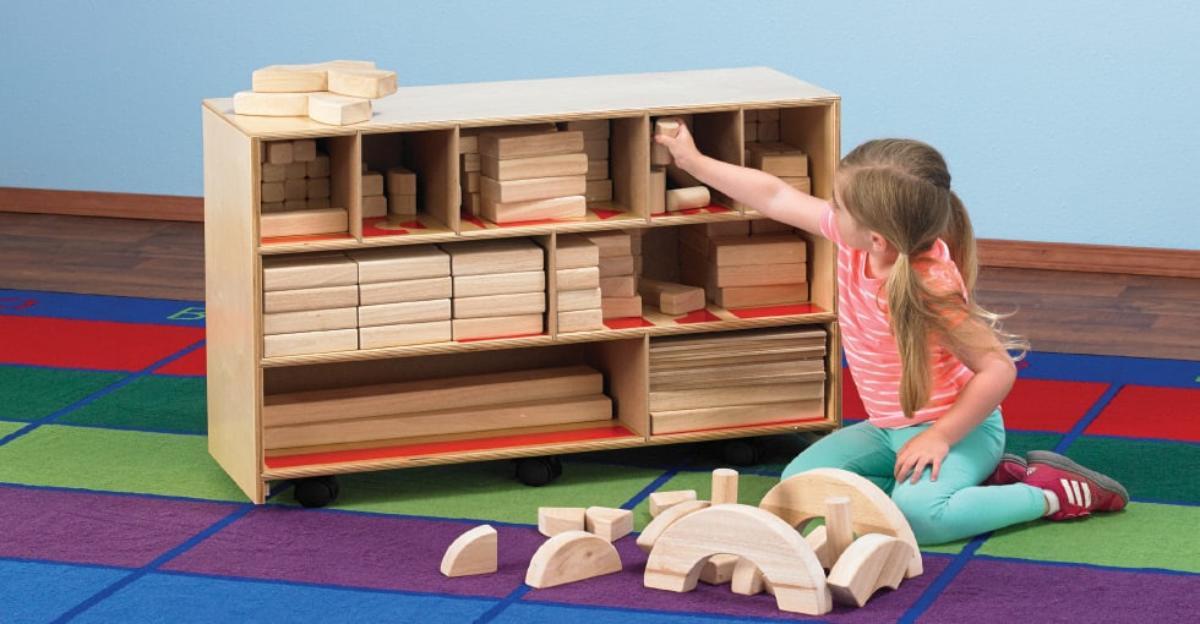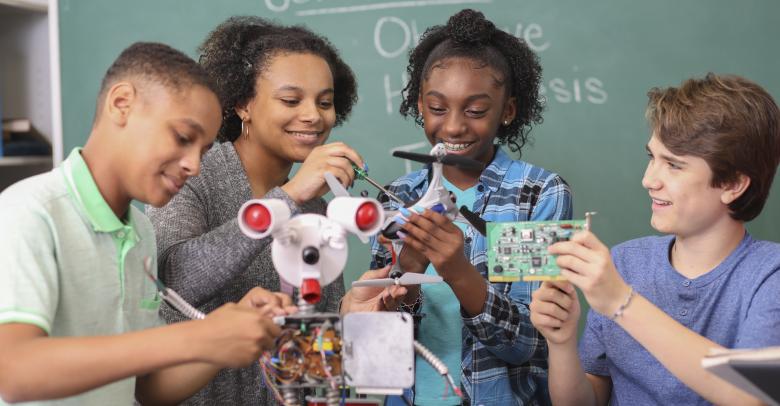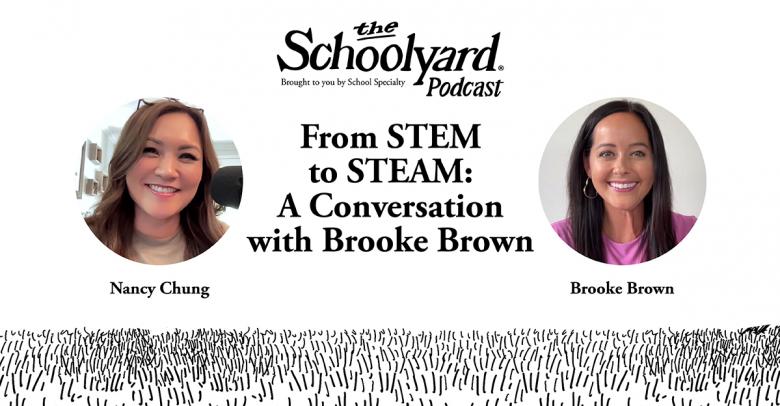By now, educators are aware that the focus of education is shifting to the skills embedded in STEAM—science, technology, engineering, the arts, and math. If our country is going to remain competitive in the 21st century global economy, our students need to become much more proficient in these subjects. With that in mind, this is the third post in a series about bringing STEAM into your early childhood classroom.
Why Engineering?
First, let’s discuss what exactly engineering is, because it’s been molded to fit recent efforts in STEAM or STEM. According to a report from the National Academy of Engineering and the Board on Science Education at the Center for Education, engineering is “a systematic and often iterative approach to designing objects, processes, and systems to meet human needs and wants.”
Through that prism, the importance of engineering is simple: there will be times throughout anyone’s life where they will have to make things work. They might be concrete, like tools and materials, or they may be more abstract. In terms of problem solving, engineering might be the most valuable of the STEAM subjects.
How to Bring in More Engineering
Somewhat because of this focus on STEM and STEAM, it’s thought that bringing engineering into a classroom requires a lot of models, electronic components, and complicated toys. In early childhood education, that’s not only unfeasible—it’s probably dangerous.
Instead, look anywhere in the room where the students might need to solve a problem, then have them think through a system to solve that problem (instead of just having them try things until something works). That systematic way of thinking is engineering.
In this way, engineering becomes a mindset. Yes, there are some classroom materials and toys that are better suited to the goal, but there are also materials that are currently in your room that are being underutilized.
For example, blocks. Every early childhood room has them. There is something to be said for unstructured play. But next time you get the blocks out, ask the students to build something that solves a simple problem like moving a marble from one side of the room to the other.
The other key is to make sure you allow the students enough time to work. Too often we are married to the schedule of the day. Problem solving takes time, especially for a young child. Fight the urge to jump in and help. Let them “productively struggle” with the problem. That’s the best way for them to learn the problem solving skills that will serve them well in the future.






Leave a Reply